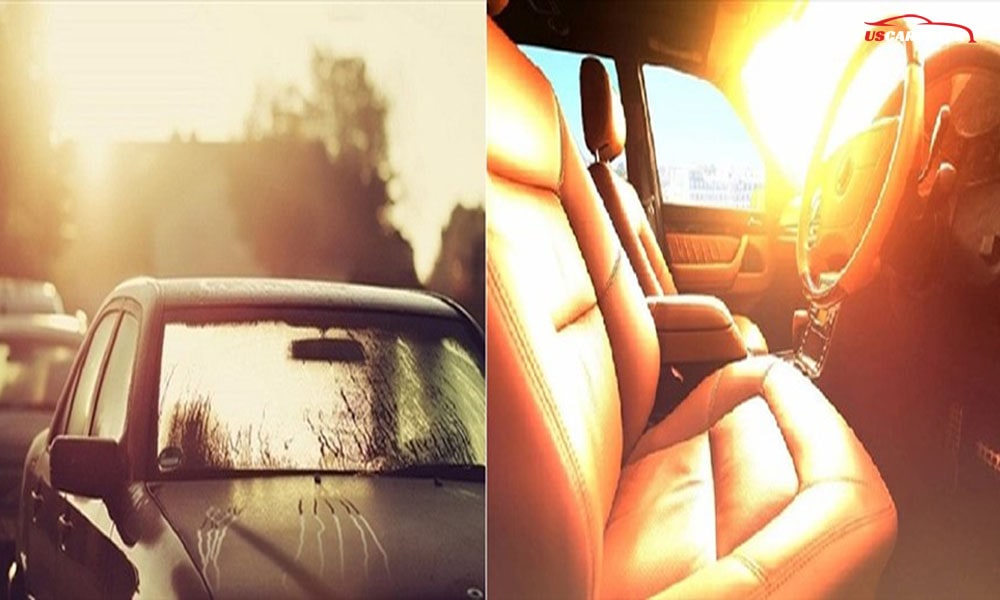
Protecting your car from sun damage is essential to preserving its look, functionality, and value. Over time, exposure to intense UV rays can cause paint to fade, interiors to crack, and rubber components to weaken, making your vehicle appear older and reducing its resale value. By taking proactive measures, such as using UV-protective products, parking strategically, and keeping your car’s surfaces maintained, you can shield it from the harsh effects of the sun. In this guide, we’ll explore the most effective ways to protect your car, ensuring it remains in pristine condition year-round.
Understanding Sun Damage on Cars
How UV Rays Affect Your Car: UV rays are powerful enough to break down your car’s paint, interior materials, and rubber components. Over time, sunlight causes oxidation in the paint, leading to dullness and fading. Interior surfaces, especially leather and vinyl, can become brittle and crack from prolonged sun exposure, while rubber seals around windows and doors weaken, reducing their effectiveness.
Common Signs of Sun Damage: Spotting sun damage early helps prevent more costly repairs. Look for fading paint, cracked dashboards, brittle leather, and dry rubber seals that struggle to keep out moisture and dust. Even the tires aren’t immune UV rays can dry out and crack rubber, making it prone to failure. Recognizing these signs is crucial to taking action before damage becomes irreversible.

Related Articles: Should I Use a Car Cover in the Garage?
10 Effective Ways to Protect Your Car from Sun Damage from the Experts
1. Use a High-Quality Car Cover
A UV-resistant car cover provides an excellent shield against sun damage, keeping both the paint and interior safe from harmful rays. Choose a durable cover, especially if you frequently park outdoors, to minimize fading and protect surfaces.
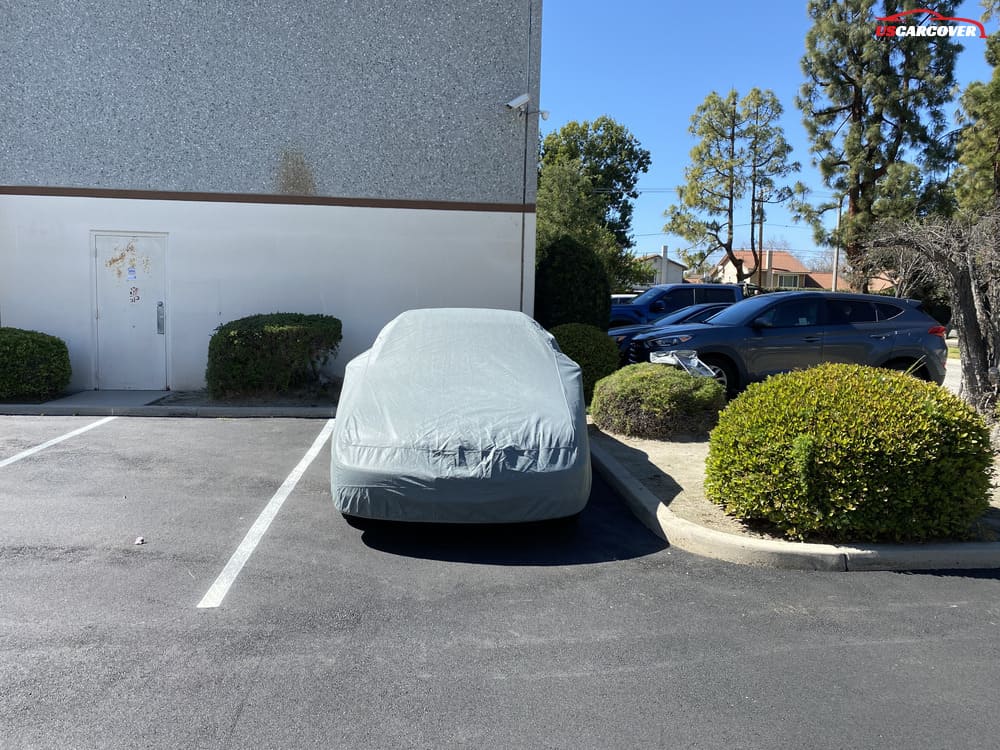
2. Park in the Shade
Parking in the shade significantly reduces UV exposure and heat buildup. Opt for garages or covered parking whenever possible, or find natural shade. Consistent shading keeps your car cooler and protects interior materials.
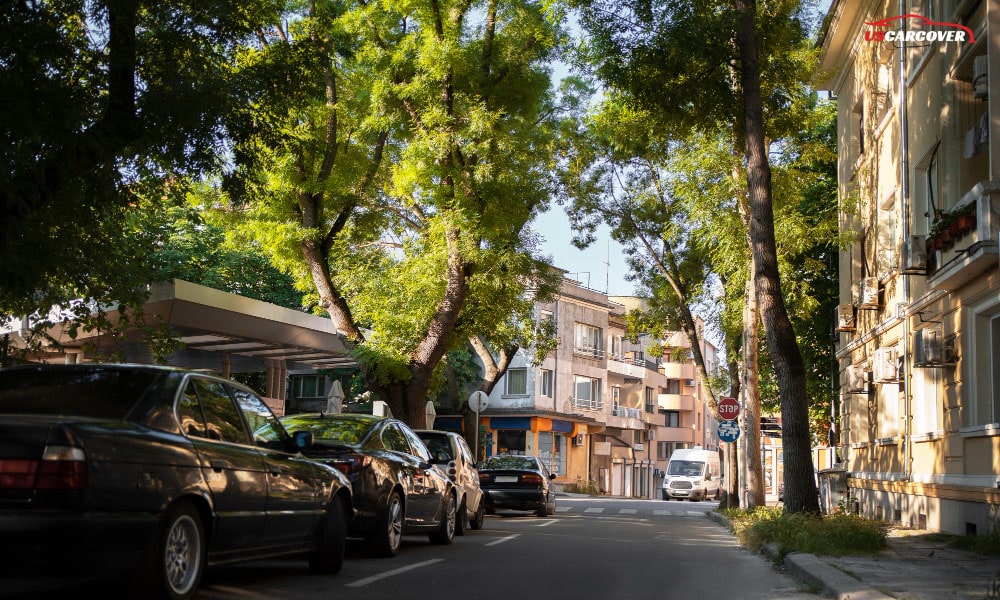
3. Apply a UV-Protective Wax or Sealant
A layer of UV-protective wax or sealant not only enhances your car's shine but also provides a barrier against sunlight. Apply every few months to maintain paint quality and guard against oxidation.
Related Articles: Vehicle Covers vs. Garage Storage: What Offers Better Protection?
4. Use Sunshades for the Windshield
Windshield sunshades are a simple way to protect the interior from direct sunlight. They reduce temperature and prevent dashboard cracking and upholstery fading, particularly for leather interiors.
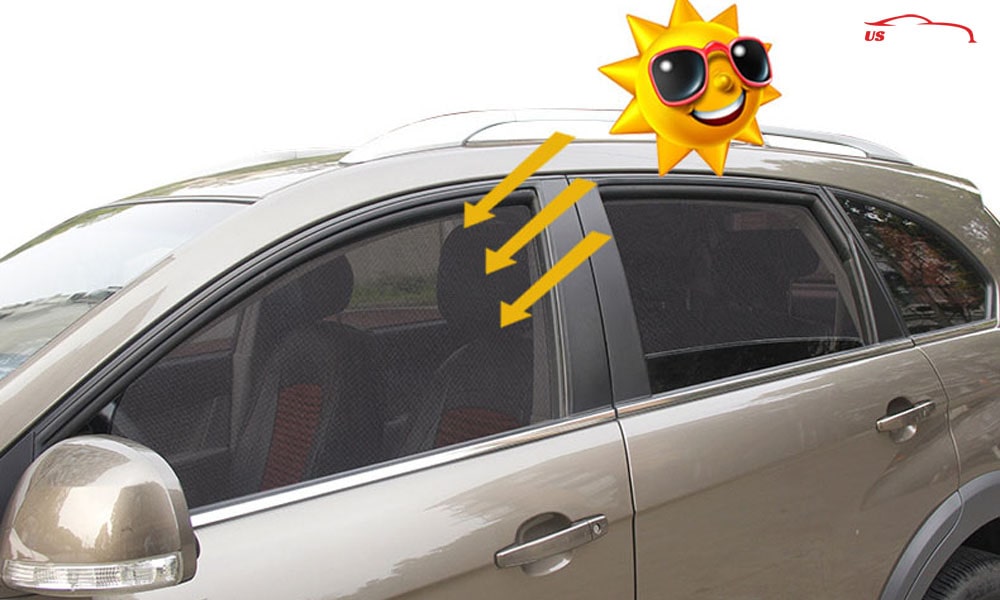
5. Tint Your Windows
Window tinting is highly effective for blocking UV rays from reaching the interior. Be mindful of local tinting laws, and choose quality tint for maximum sun protection and a cooler cabin.
6. Regularly Condition Leather and Upholstery
Conditioning interior materials like leather and vinyl helps prevent cracking and fading. Use UV-resistant conditioners to add an extra layer of protection, keeping seats and dashboards looking new.
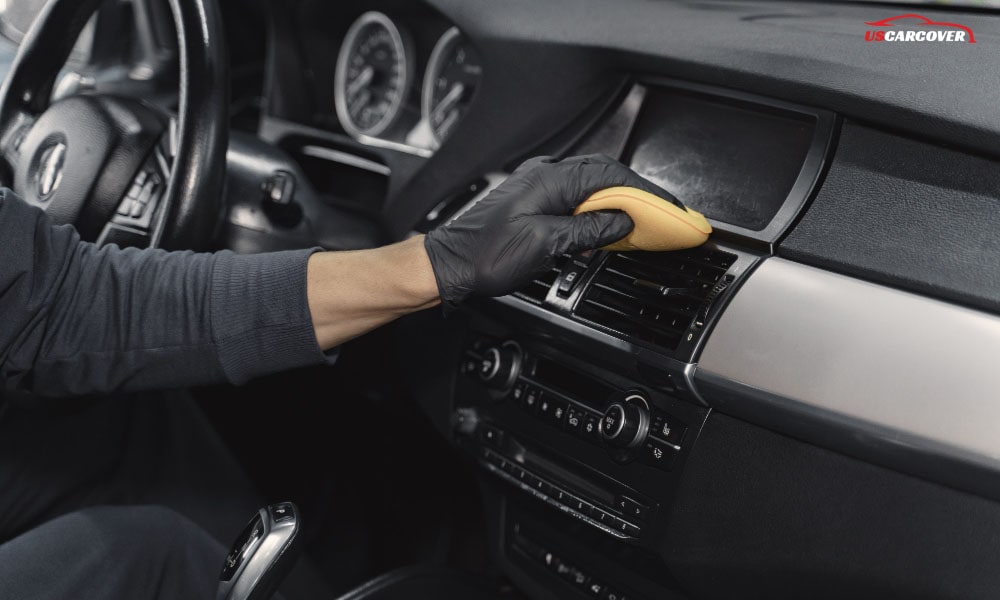
7. Protect Tires and Rubber Seals
Tires and rubber seals around doors and windows are vulnerable to sun damage, which can cause drying and cracking. Apply a UV-protectant spray designed for rubber to keep these components flexible and effective.
Related Articles: Top 10 Features to Look for in High-Quality Vehicle Covers
8. Use a Dashboard Cover
A dashboard cover provides direct protection against sun exposure, preventing fading and cracking. Opt for covers with UV-resistant materials for lasting interior protection.
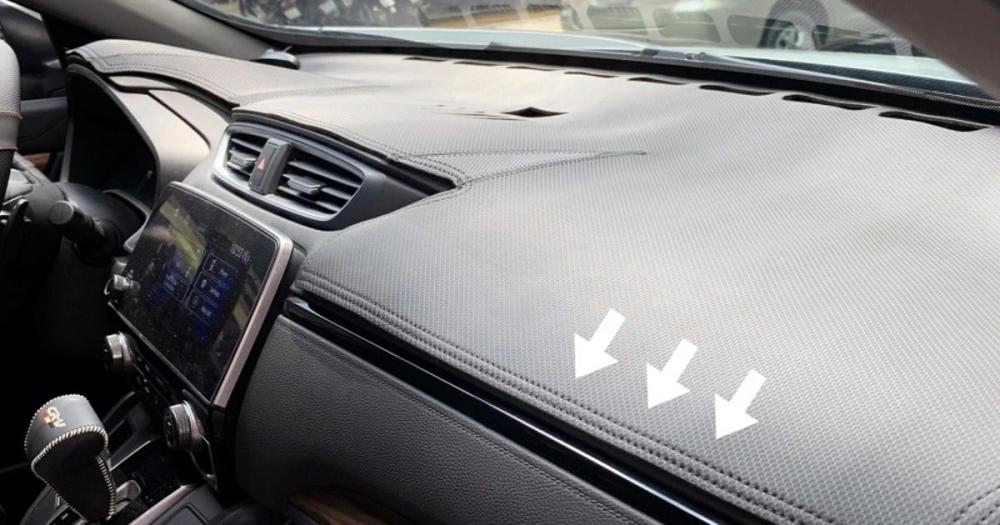
9. Cover Side Mirrors and Windshield Wipers
Side mirrors and wipers are often overlooked but are prone to sun damage. Use small covers to shield them from direct sunlight, preserving their condition and extending their lifespan.
10. Schedule Regular Inspections
Routine inspections for sun damage help catch early signs of wear. Professionals can recommend treatments or repairs to prevent further issues, keeping your car’s exterior and interior in top shape.
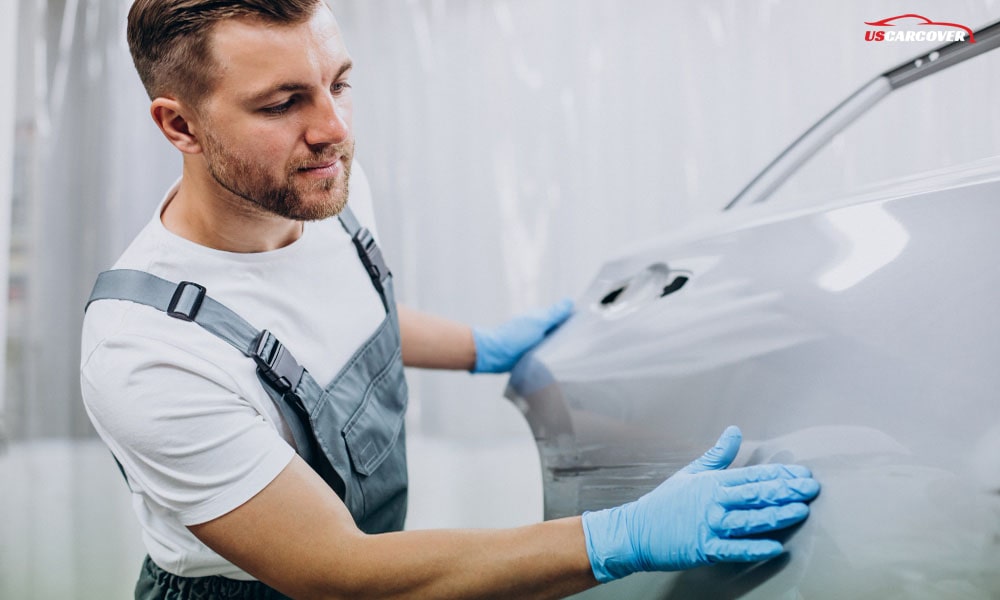
Related Articles: 5 Reasons Why Vehicle Covers Are Essential for Vehicle Longevity
How Often Should You Protect Your Car from the Sun?
Regular Maintenance for Year-Round Protection: To effectively protect your car from sun damage, establish a routine that keeps its exterior and interior safeguarded against UV exposure. Applying UV-protective wax or sealant every 2-3 months can preserve your car’s paint by creating a durable, sun-resistant barrier. Similarly, using sunshades or car covers daily, especially in the peak summer months, offers consistent protection.
Interior Conditioning and Detailing: For leather and vinyl, apply a UV-resistant conditioner every 1-2 months to prevent cracking and fading. This regular conditioning maintains flexibility and appearance, especially in intense sunlight.
Seasonal Adjustments: During the hotter months, be extra vigilant. In summer, aim to park in shade or under covered areas more frequently and consider extra steps like checking and reconditioning rubber seals to prevent drying. Following these seasonal adjustments helps keep your car’s surfaces intact and looking great all year long.
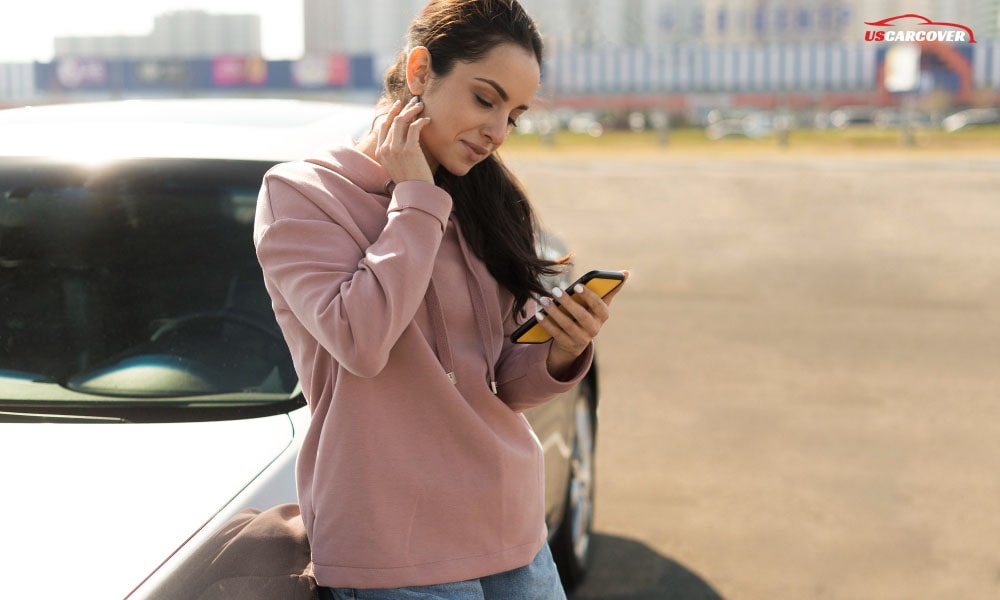
Conclusion
protecting your car from sun damage is essential for maintaining its aesthetic appeal and overall value. By implementing the strategies discussed, such as using a UV-resistant car cover, regularly applying protective wax, and conditioning your interior, you can effectively shield your vehicle from the harmful effects of the sun. Remember, early prevention is key; taking these proactive steps will not only enhance your car's longevity but also reduce potential repair costs in the future. Invest in your car's protection today to enjoy a well-preserved, beautiful vehicle for years to come.
